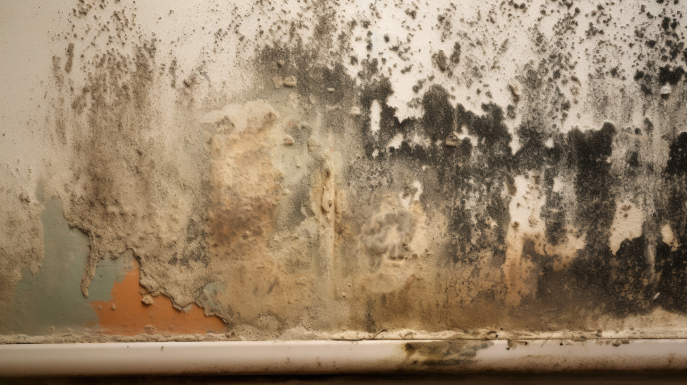When faced with the aftermath of water damage and flooding, one of the most pressing concerns is the potential growth of mold. Mold can proliferate rapidly in damp environments, posing serious health risks and causing extensive damage to property. In this comprehensive mold defense guide, we explore effective strategies for preventing mold growth after water damage and flooding, ensuring a safe and healthy environment for you and your family.
Understanding the Risks of Mold Growth
Mold thrives in moist conditions and can begin to develop within 24 to 48 hours after water damage occurs. As mold spores spread through the air, they can infiltrate walls, ceilings, floors, and other porous surfaces, leading to structural damage and compromising indoor air quality. Exposure to mold can trigger allergic reactions, respiratory issues, and other health problems, making mold prevention a top priority in post-flooding scenarios.
Swift Water Extraction and Drying
The first step in mold prevention is to promptly extract standing water and thoroughly dry affected areas. Professional water damage restoration services utilize advanced equipment and techniques to remove excess water and moisture from your property, minimizing the risk of mold growth. Rapid water extraction is essential for preventing mold spores from taking hold and proliferating in damp environments.
Proper Ventilation and Air Circulation
Proper ventilation plays a crucial role in preventing mold growth by promoting air circulation and reducing humidity levels indoors. Opening windows, using exhaust fans, and employing dehumidifiers can help dry out damp spaces and maintain optimal humidity levels, inhibiting mold growth. Adequate ventilation is especially important in areas prone to moisture buildup, such as bathrooms, kitchens, and basements.
Thorough Cleaning and Disinfection
After water damage occurs, it’s essential to thoroughly clean and disinfect all affected surfaces to remove any lingering moisture and mold spores. Non-porous materials can typically be cleaned with a mixture of water and detergent, followed by disinfection with a bleach solution or commercial antimicrobial cleaner. Porous materials may need to be removed and replaced to prevent mold growth and ensure thorough remediation.
Monitoring for Signs of Mold Growth
Even after water damage restoration efforts are complete, it’s important to remain vigilant for signs of mold growth in your home. Keep an eye out for musty odors, visible mold growth, water stains, and discoloration on walls, ceilings, and floors. If you suspect mold growth, contact a professional mold remediation company to assess the situation and address any potential issues promptly.
Preventing mold growth after water damage and flooding requires swift action, thorough remediation, and ongoing maintenance to safeguard your home and protect your family’s health. By following the recommendations outlined in this mold defense guide, you can minimize the risk of mold infestation and create a safe, healthy living environment for years to come. Don’t wait until mold becomes a problem—take proactive steps to defend your home against this hidden threat today.

